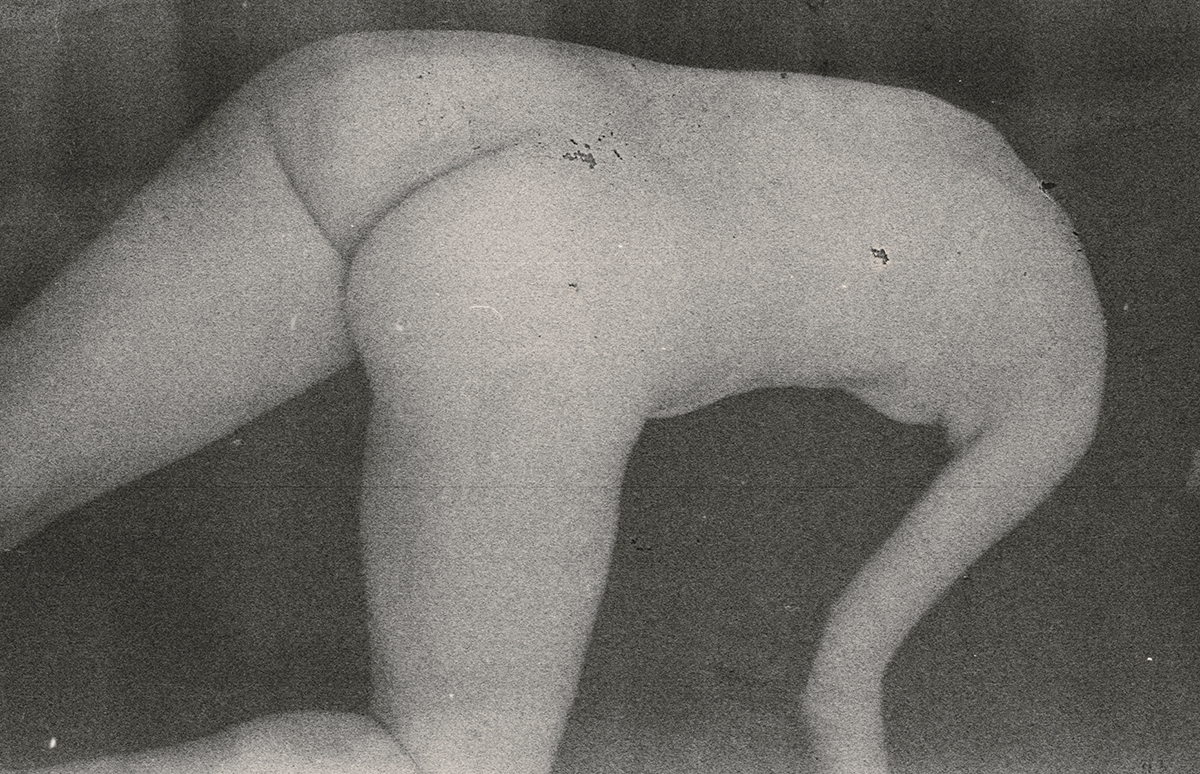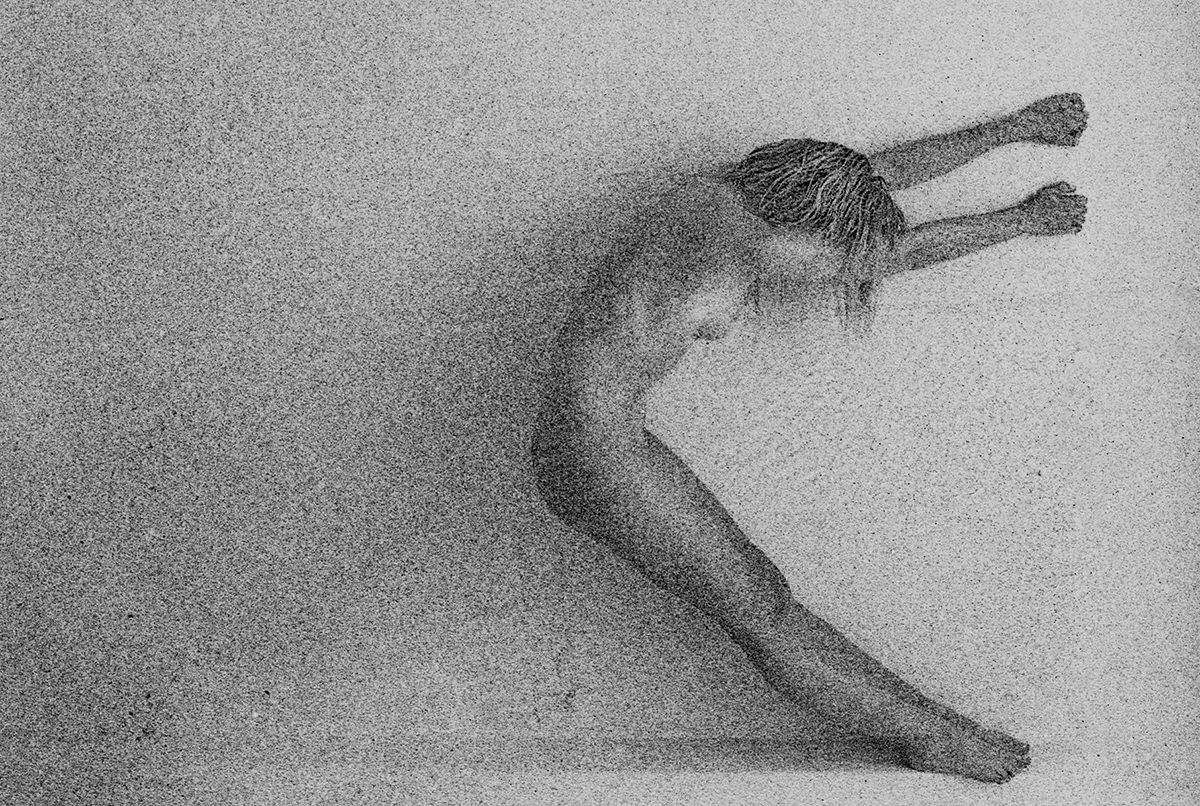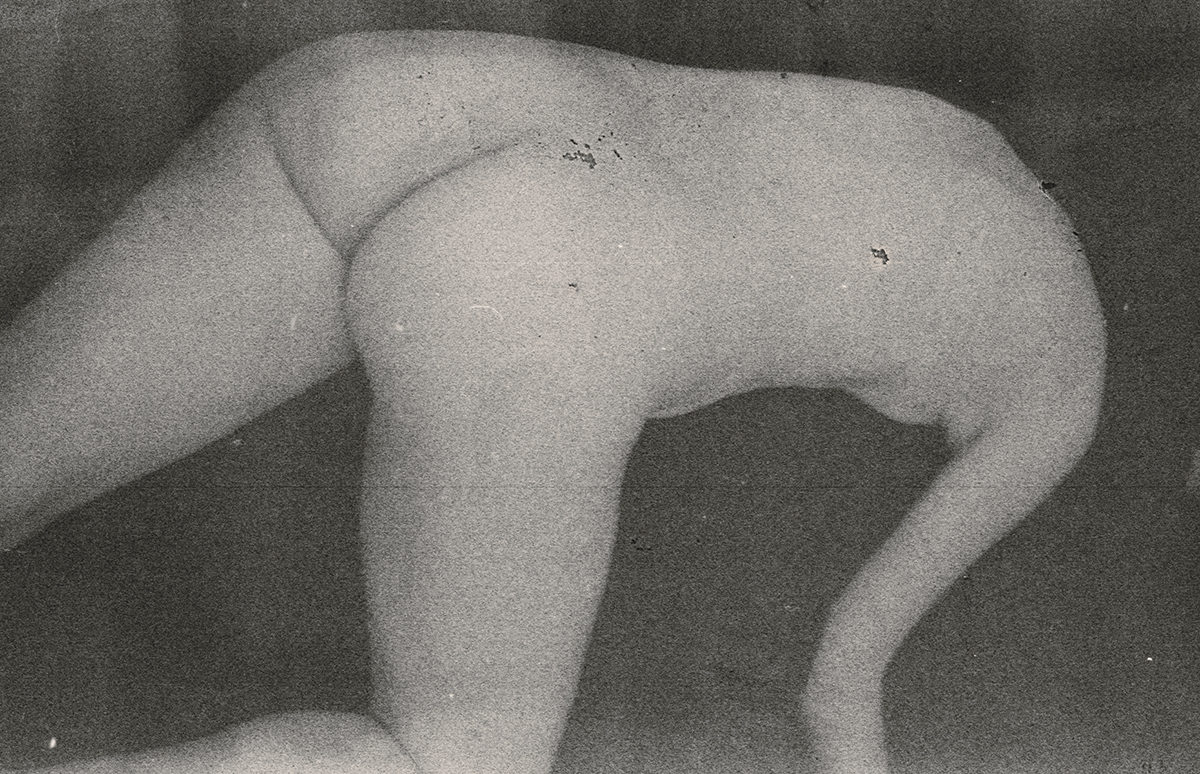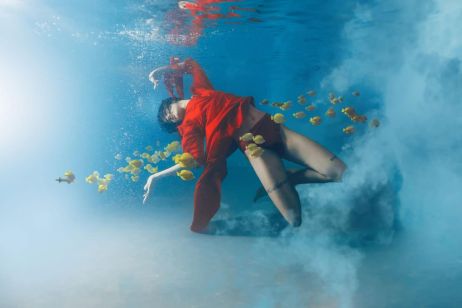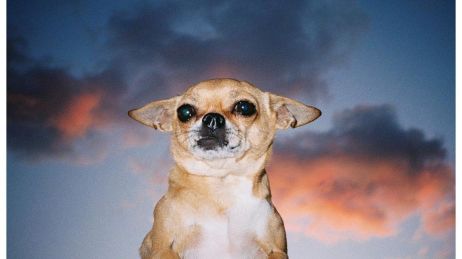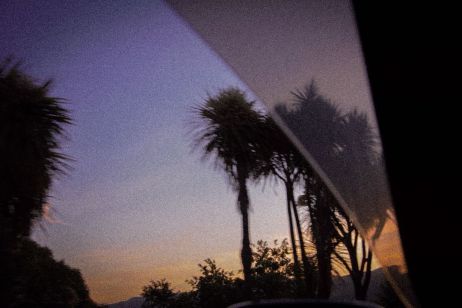Through his portraits, Mclean Stephenson works with photographic matter. In his textured images, the Australian photographer delivers micro-narratives, like traces of secret stories, and representations of altered states.
The grain is thick, the bodies naked, the poses sometimes strange, and the images often tortured. Mclean Stephenson’s photography seem to provoke the film, the way it deforms beings. In a monochrome universe, the obscurity he showcases becomes the frame of imaginative scenes. His unique aesthetics would almost make us forget that he discovered the medium by chance, when he started capturing his friends and family. “At one of my birthdays, I was gifted a camera. I had never asked for one, and taking pictures did not interest me, he tells us. For some reason, my musician friends asked me to take shoot them for the press. This is how it all began.”
At the same time, Mclean Stephenson started developing a personal practice, which helped him seize the medium. He thus became partial to black and white, which he worked with out of necessity, but also out of cultural interest. “I shoot in analogue, he explains. Black and white is cheaper, and easier to print. I use my own developers and fixing agents, and I like to experiment with the film, using extreme change of temperatures. But outside of these pragmatic reasons, I am a cinephile, and I find a sort of familiar comfort in black and white.”
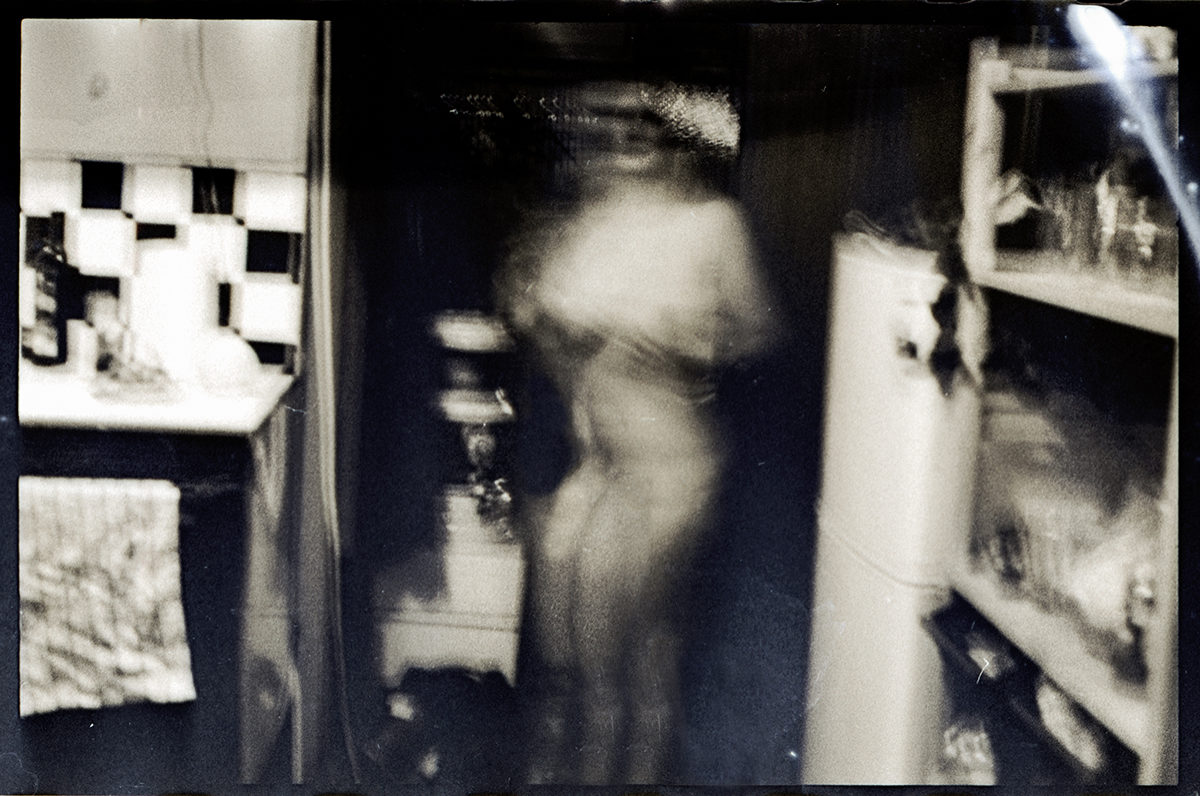
A passionate scratch
Among his cinematic references, Mclean Stephenson mentions F.W. Murnau (1888-1931), a German master of expressionism who directed – among other films – Nosferatu. Beyond the daze theme, characteristic of the genre, we find in his images the jerk of old films, inherent to the technologies of the time. In his work, these jerks create feverish moments. Contemporary photography also resonates in his approach. “Among the photographers I have in mind, I guess I could say that Dirk Braekman, Antoine d’Agata and the Japanese journal Provoke have inspired me.” And gazing at his images, the influence of these artists seems indeed quite obvious.
To continue this dialogue between arts, let us talk about painting. Among his inspiration, the Australian artist covers decades and names the works of Jusepe Ribera, Gustave Courbet or Anselm Kiefer. We could also compare him to Francis Bacon, although the photographer does not deem the comparison relevant. What we do know, is that Mclean Stephenson uses his medium sensitively. Like a sweet caress or a passionate scratch, he handles textures and seizes subjects until film becomes skin. Or is it the other way around?
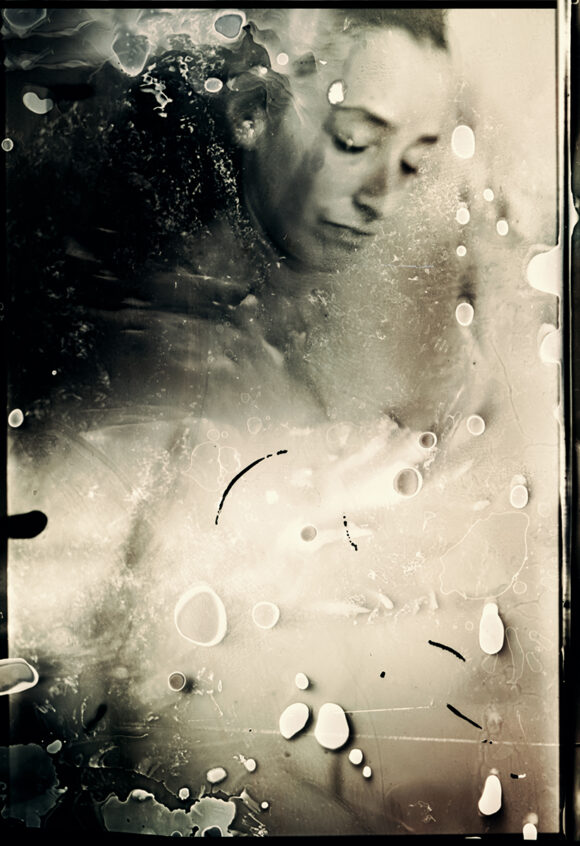
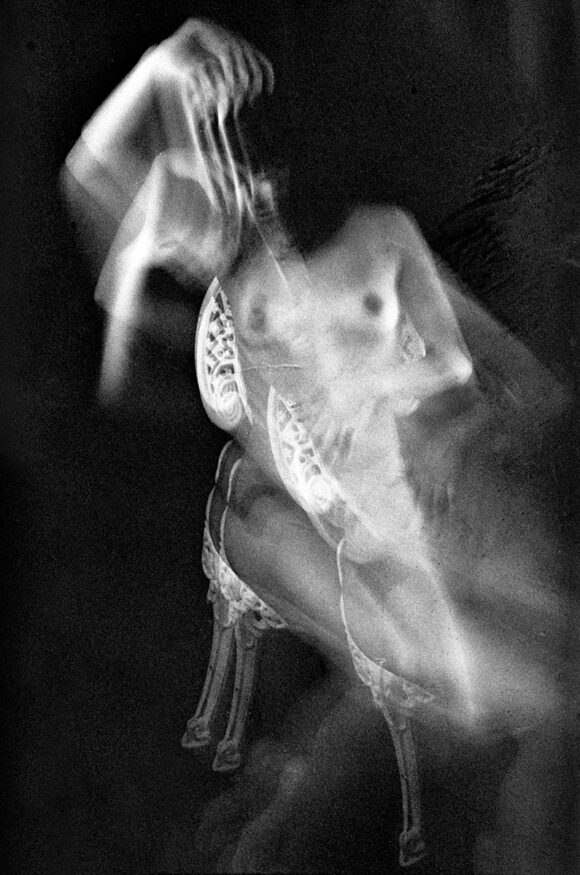
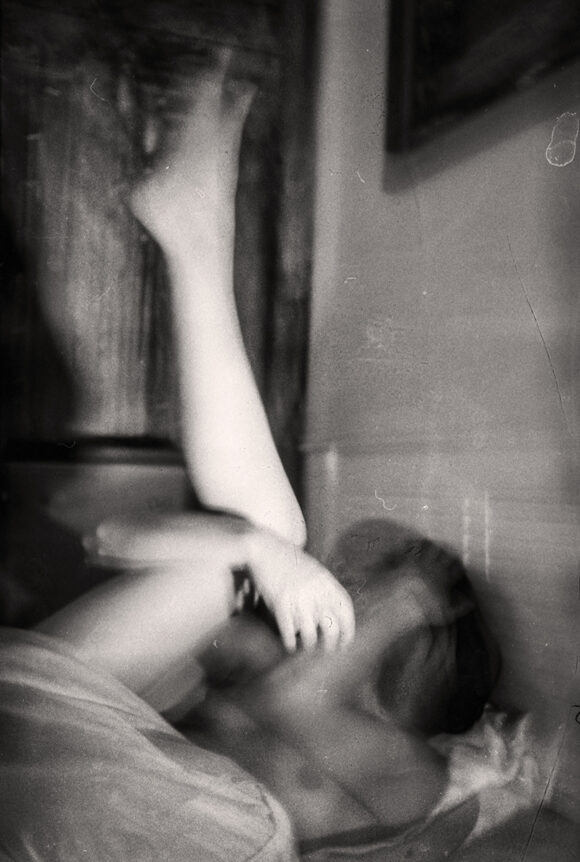

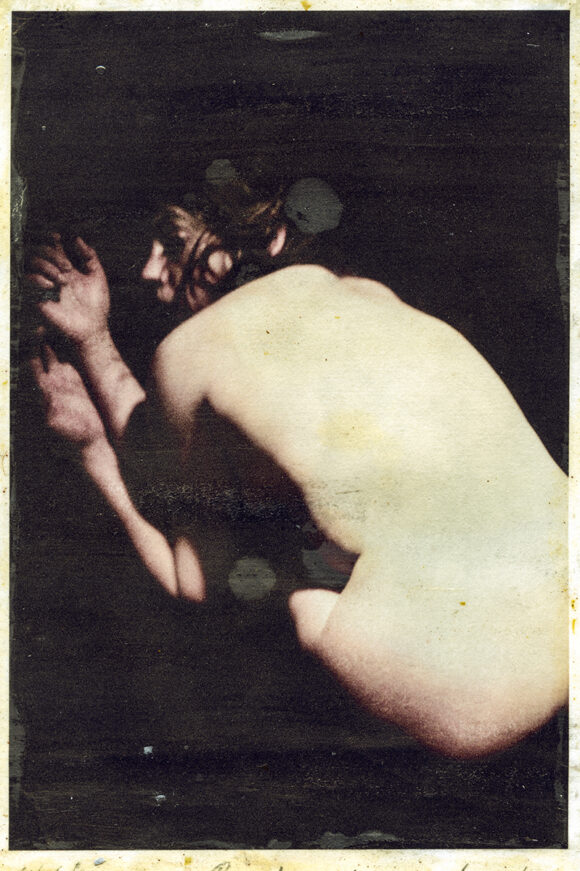
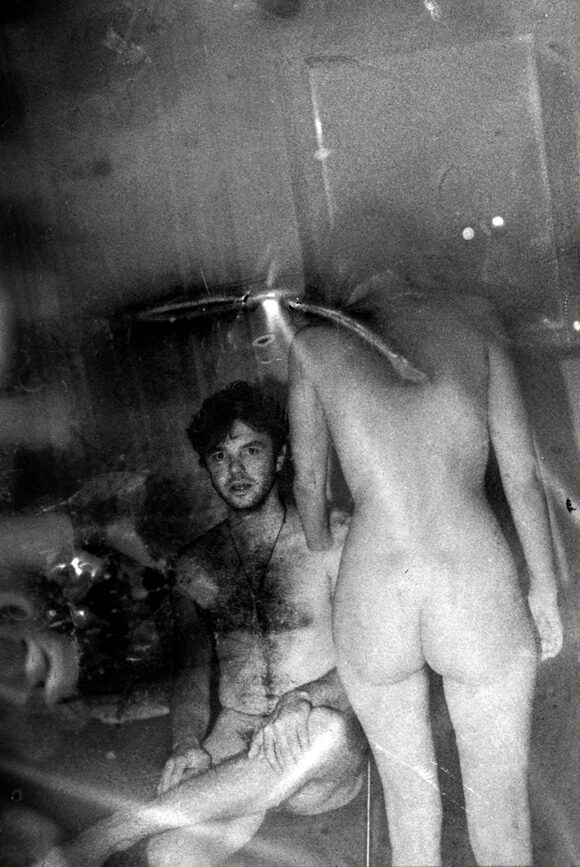
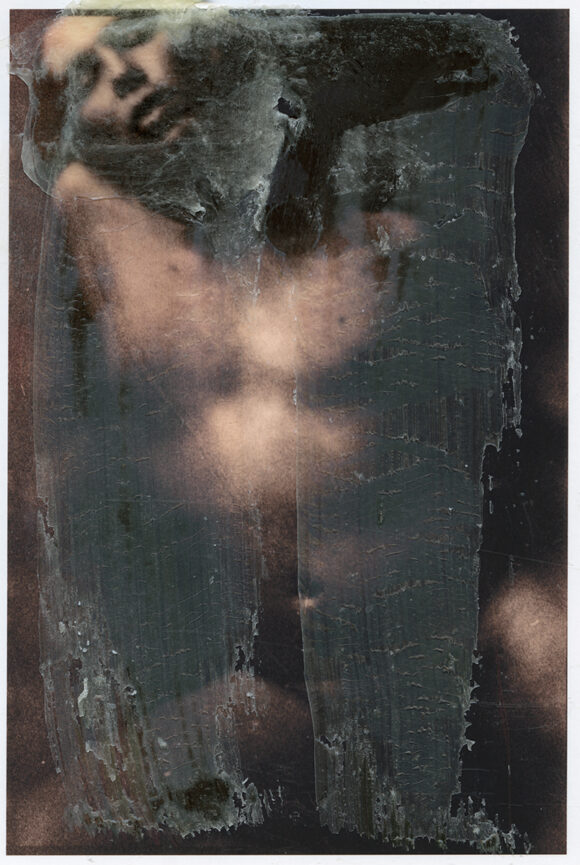
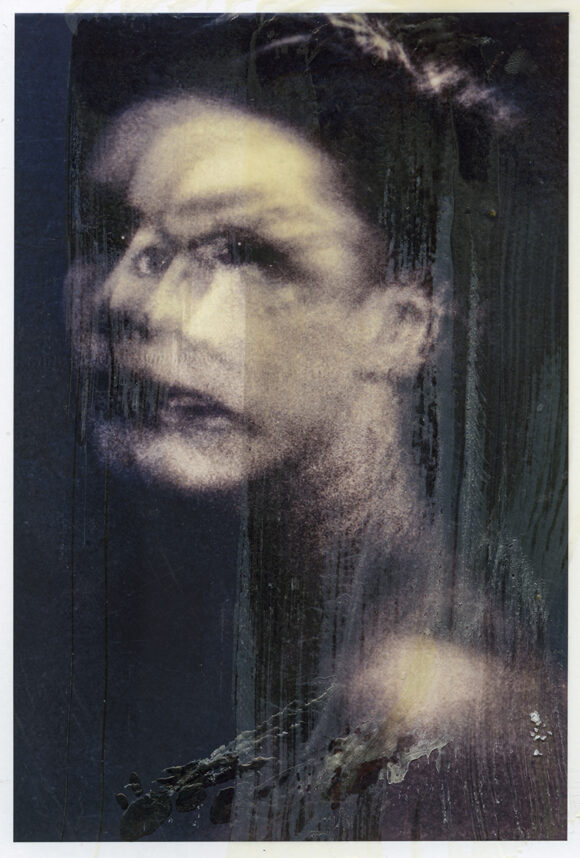
© Mclean Stephenson
